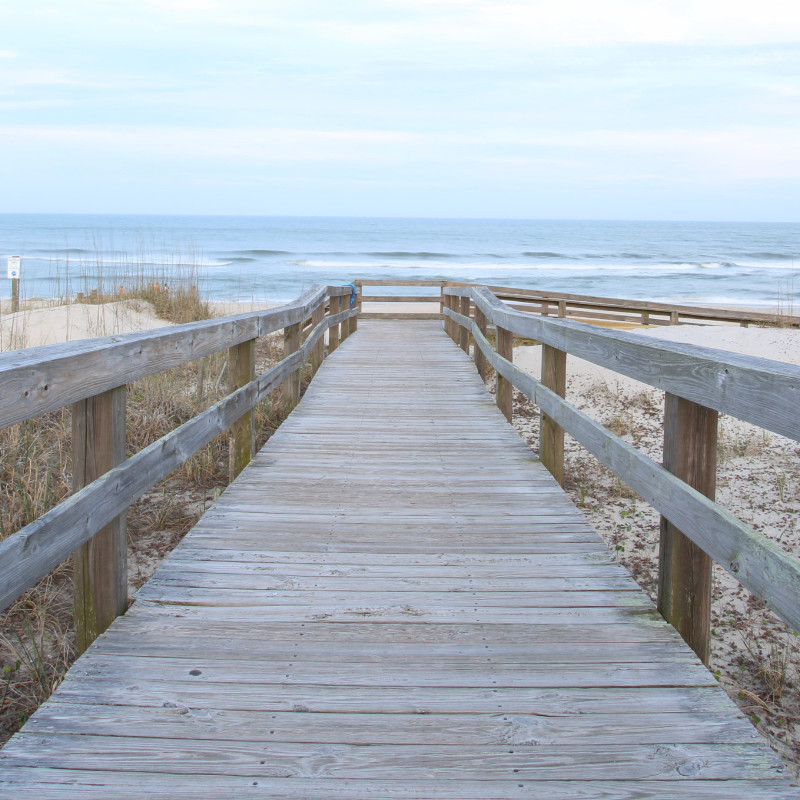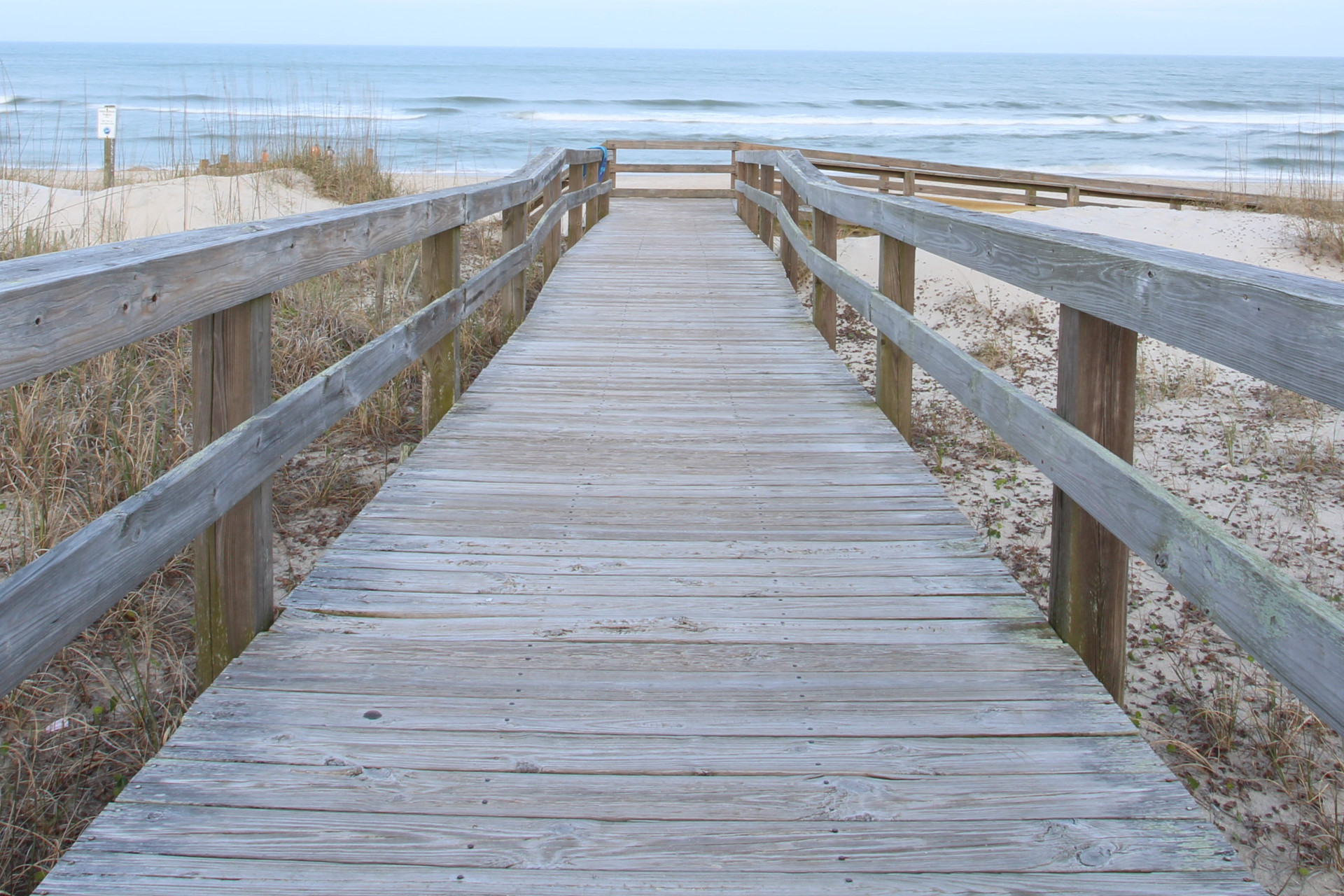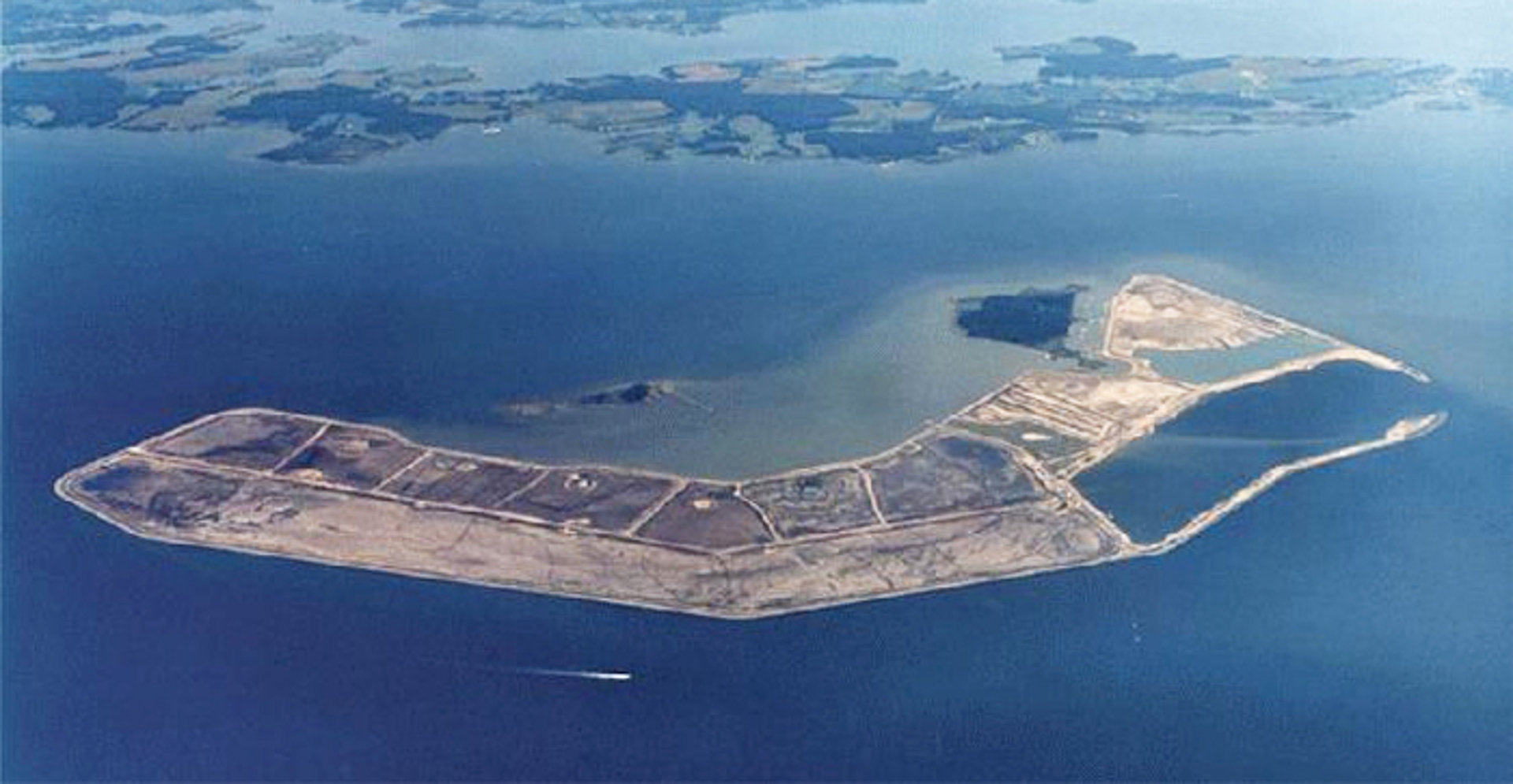17
Aug 2022
By Kathi Ferguson
Located about a mile off the west side of Tilghman Island peninsula, Poplar Island was once a thriving community of about 100 inhabitants, several farms, a church, school, saw mill, and post office. The island’s then 1,140 acres, when it was first surveyed in 1847, was down to nearly four acres by the 1990s. It had eroded away, mimicking the natural progress of many islands in the Chesapeake Bay.
In its history, Poplar Island was also home to the Great Poplar Island Black Cat Farm, an enterprising business launched by Charles Carroll—grandson of Charles Carroll, Maryland’s only signer of the Declaration of Independence. Carroll had heard that there was a market in China for black cat fur, so he offered 25 cents apiece for female black cats. He shipped the cats to Poplar Island, paid a local waterman to deliver fish daily, and let the cats have the run of the place. All was well until winter arrived. The bay froze, the fish couldn’t be delivered, and the hungry felines made off across the ice to the mainland.
According to the book, The Disappearing Islands of the Chesapeake, by William B. Cronin, Poplar Island was also the site of an Indian massacre in the early 1600s, and base camp for the invading British fleet during the War of 1812. In the 1930s, the island served as a popular vacation retreat for Presidents Franklin D. Roosevelt and Harry S. Truman. However, continued erosion left several small clusters of islets rising just above the surface of the water, rendering Poplar Island’s disappearance imminent.
But all was not lost. After deciding that Poplar Island was worth saving, The U.S. Army Corps of Engineers conducted an environmental study and concluded that the island’s restoration was environmentally, as well as economically, beneficial.
Work to rebuild the island started in 1998 and has been Maryland’s primary site to reuse sediment dredged from the channels leading to the Port of Baltimore. Dredged material would be placed and shaped to create the wetland habitat that is now home to many of the Chesapeake Bay’s cherished wildlife. Shortly after the first dredged material was placed on Poplar Island in 2001, egrets, herons, ospreys, terns, eagles, double-crested cormorants, terrapins, and other wildlife began to call the restored island home. In 2007, Congress authorized Poplar Island to expand from its historic footprint of 1,140 acres to 1,715 acres, allowing for more island habitat and the storing of additional dredged material.
Poplar Island’s expansion includes a 110-acre open water embayment with a depth of up to 12 feet. (An embayment is a recess in a coastline forming a bay.) The bottom of this area remains undisturbed and will provide a food source for larger fish species, with three breakwater structures protecting the embayment from wave action. The final project is expected to consist of 776 acres of tidal wetlands, bird nesting islands and ponds, as well as 829 acres of upland habitat.
Poplar Island will continue receiving dredge sediment until 2032. Its restoration serves as an invaluable link in the ecological chain that anchors our beloved Bay’s rich inherent bounty while preserving the region’s natural resources for generations to come.
To schedule a tour or field trip to Poplar Island, email poplartours@menv.com.






